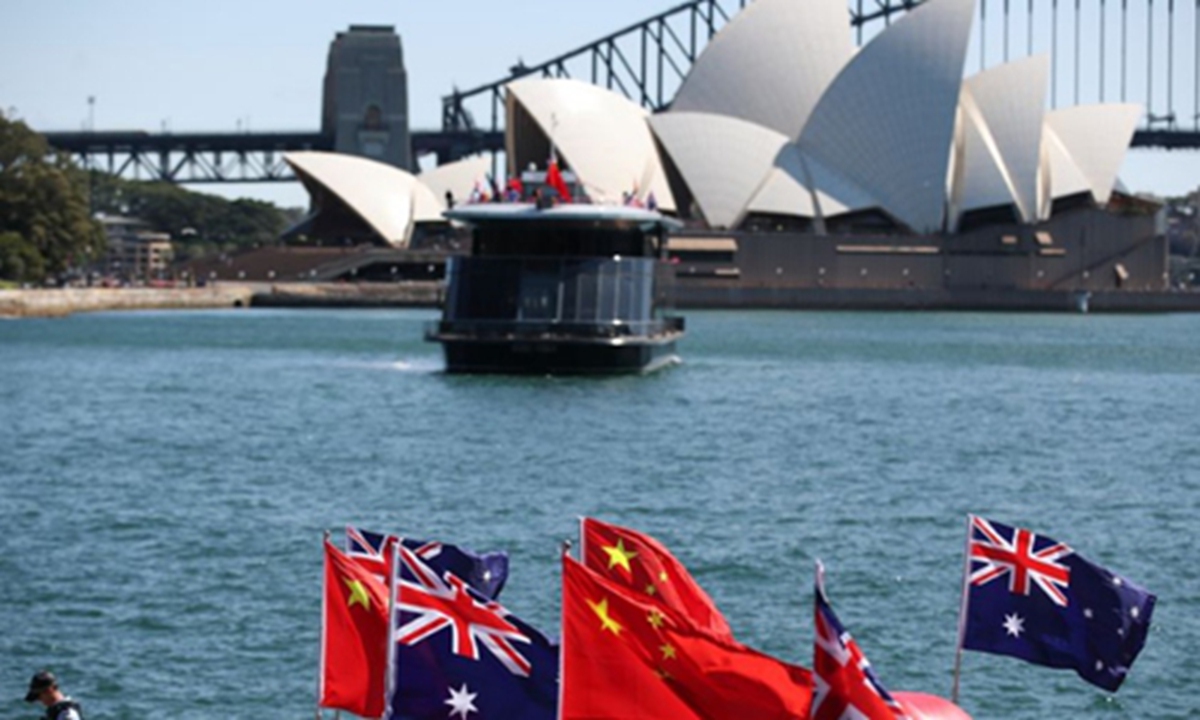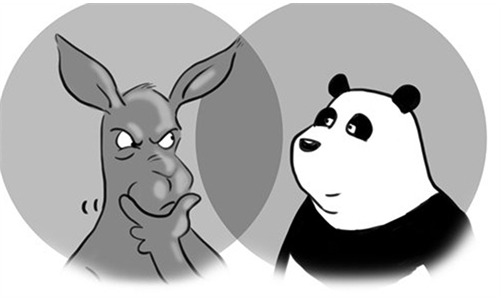
File photo
Australia's trade surplus shrank to A$5 billion ($3.9 billion) in November, down from A$6.6 billion in October, according to figures released on Thursday by the Australian Bureau of Statistics.While the country's imports, which hit a record in November thanks to the strong domestic demand, may have played a part in the narrowed trade surplus, the slowdown in its exports to China also seemed a likely factor impacting the figure.
Superficially, this may simply show that Australia's trade surplus contracted because its exports didn't grow as fast as imports in the month, but should this trend continue, the country's trade surplus may become unsustainable and face long-term structural problems.
For a long time, China has been a significant market for Australian exports, and also a major contributor to the latter's trade surplus.
In many cases, a growing trade surplus could be a flash point for trade conflict between countries. However, within China-Australia trade, the surplus has become a stabilizer and booster of bilateral trade, as trade volumes between China and Australia expanded from less than A$10 billion two decades ago to A$235 billion in 2019.
Yet, it should be noted that Australia's trade surplus is mainly built on low value-added exports, with resource-based products making up the bulk of exports to China and other countries. Such export structure is not competitive and could be easily substituted, bringing its sustainability into question.
At a time when China-Australia relations are seriously strained, it is clear Canberra is set to struggle in finding new markets to replace China.
Thanks to the continuous expansion and rising demand of the Chinese economy, the Australian economy has enjoyed an unbeaten run of 28 years without a recession before entering a recession in 2020.
Over the past three decades, many economists have raised concerns about the lack of diversification in Australia's trade structure, an issue ignored by Australia's political elite.
Almost three decades ago, former Singaporean Prime Minister Lee Kuan Yew warned that Australia was in danger of becoming a poor country in Asia Pacific. But a fast-growing Chinese market demand for Australian resources masked long-standing imbalances and fragility.
Now the Australian economy is facing a double whammy of the COVID-19 fallout and the trade tensions with China, it is hard to predict what the next stage of Australia's economic development will look like. But one thing is certain: the urgency of improving the structure of Australia's export economy is growing, and Canberra is struggling to play catch up.



